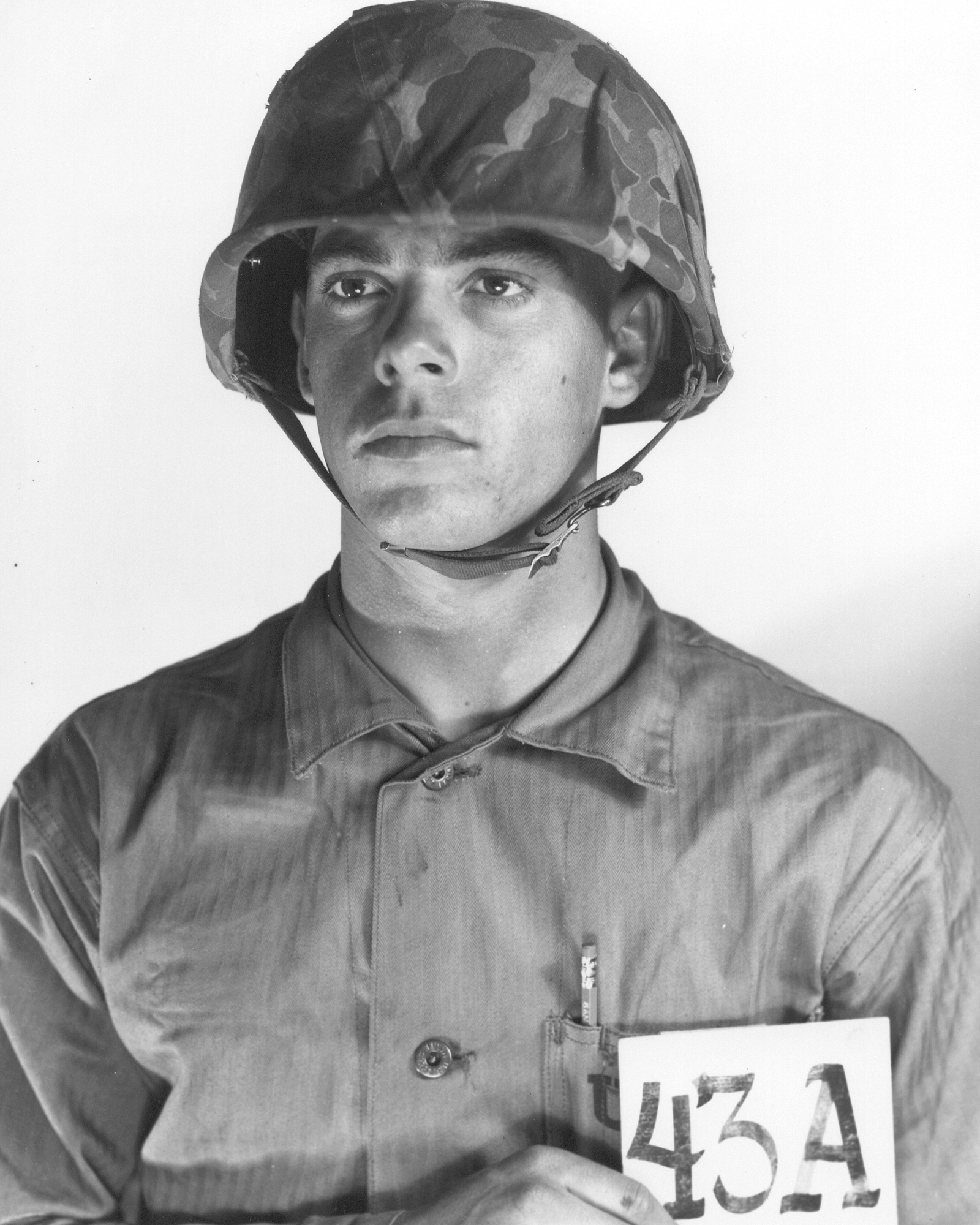During the heat of a battle, the ability to mourn casualties may not be possible. However, many leaders throughout history have noted once the situation permits, it is essential to conduct such formal rituals for the psychological and emotional well-being of an embattled unit. The practice of conducting a funeral with a casket, or urn, was not always feasible during combat theaters. As such, temporary monuments have long provided a focal point to help service members express their grief, find closure, and say goodbye.
The “Battlefield Cross” has been known by many names: the Fallen Soldier Cross, the Battle Cross or Soldier’s Cross. However, the practice of using symbolic gestures to honor fallen soldiers was not developed during the Global War on Terrorism (GWOT) and has evolved over time.
"The living owe it to those who no longer can speak to tell their story for them." - Czesław Miłosz, Polish poet and Nobel laureate
History behind the Battlefield Cross
The origin of the modern battlefield cross has roots in the American Civil War. After the conclusion of battle, soldiers would place their fallen comrades' rifles, with bayonets fixed, into the ground. This was done to help in the burial process, serving as a marker for gravediggers. It also served as a way to memorialize friends that were lost in battle.
The method of marking casualties was later used, during World War I and World War II, to assist the Graves Registration Service personnel in their solemn duties of identifying and recovering remains. The practice took on a more symbolic meaning during the Korean War.
In modern conflicts, the battlefield cross typically consists of four main elements:
- A rifle, with fixed bayonet, muzzle pointed downward, blade placed into a stand, or sandbag.
- A pair of boots, sometimes used to symbolize a service member's last march.
- A helmet placed on top of the rifle's buttstock.
- The dog tags of the fallen service member, hung from the rifle.
Depending on the circumstances, a picture of the deceased may also be included.
This symbology has come to be used by other armed forces around the world as a way to pay tribute to those who made the ultimate sacrifice for their nation, their comrades, or their beliefs.
Similar practices of ancient militaries
Ancient Greeks: In order to ensure they received due respect in the afterlife, the ancient Greeks believed in providing proper burials for their fallen warriors. Public funerals for fallen heroes often included speeches, poetry, and songs celebrating their deeds. Columnar grave monuments were also marked with the epitaph of those who fought valiantly to the end.
Ancient Romans: Historical records show the ancient Romans often held elaborate funeral rites for fallen soldiers. Much like the ancient Greeks, these would involve speeches, processions, and monuments to commemorate their deeds. If a family could afford it, they might commission a statue to herald the deeds of their fallen relatives, and highlight the military achievements of the departed.
Ancient Norse/Viking culture: In order to ensure passage to the afterlife, warriors from Norse culture were often given ship burials. Though this sometimes differed from pop culture depictions, and varied depending on region and clan, the deceased would be placed in a ship along with their possessions, and then set alight or sometimes buried.



%201.svg)



.jpeg)





